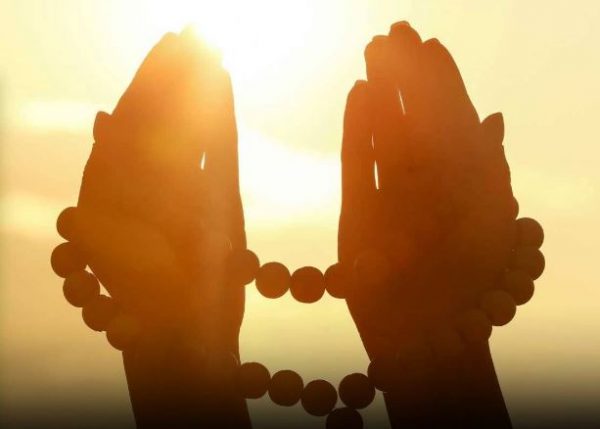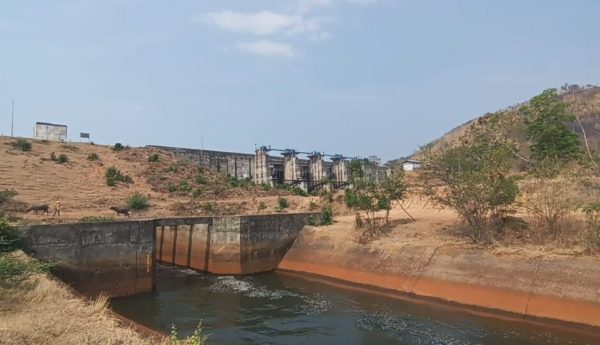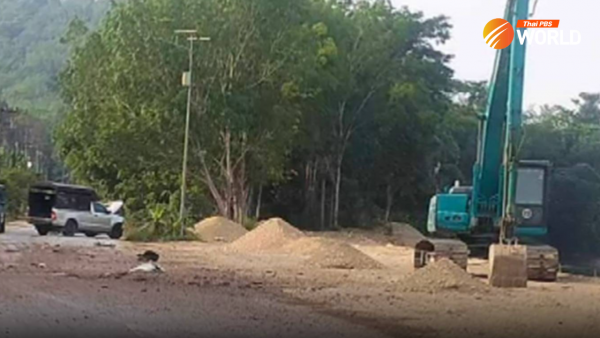Mae Chaem: The Tranquil Side of Doi Inthanon
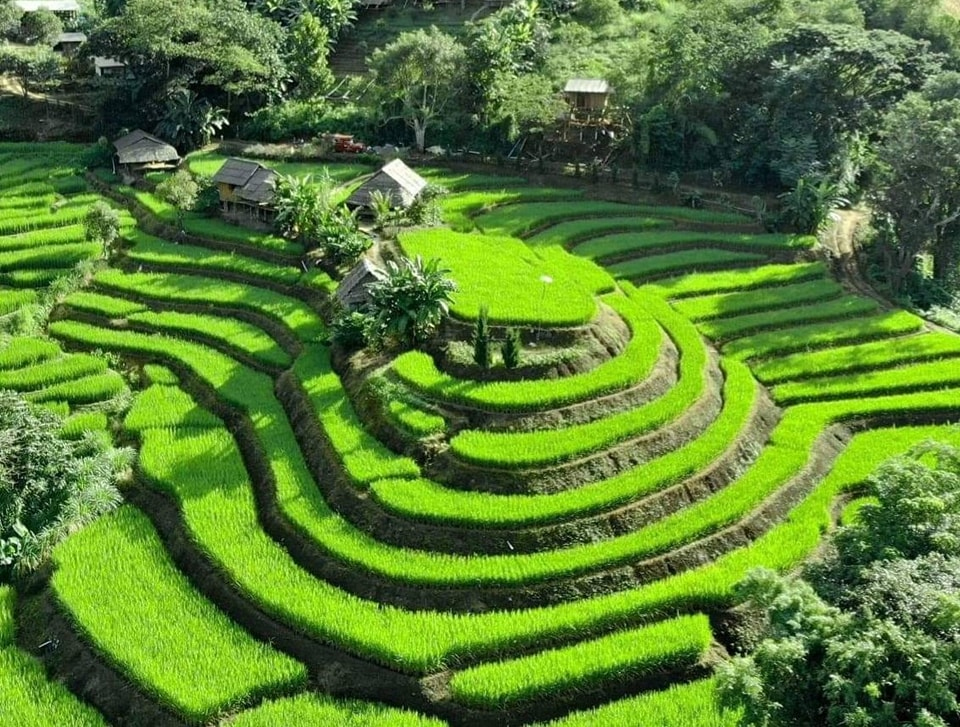
Tucked away on the flank of Doi Inthanon mountain in Northern Thailand, Mae Chaem is a concealed treasure awaiting discovery by discerning travellers seeking respite from the bustling crowds typical of the more frequented tourist destinations on the eastern side of the mountain.
This enchanting town, adorned with picturesque landscapes and cultural richness, provides a refuge for those yearning to submerge themselves in the unadulterated beauty of Thailand.
Journey to the hidden valley
Mae Chaem welcomes visitors with open arms as they wind their way through lush greenery and scenic landscapes. The journey to Mae Chaem itself is an adventure, with the road offering stunning views of rolling hills and terraced fields.
A higher and more winding road from Chom Thong district to the top of Inthanon demands a four-hour drive. As you traverse through the serpentine mountain roads, the air becomes crisper and the surroundings quieter, setting the stage for a tranquil retreat.
Doi Inthanon, the highest peak in Thailand, casts its protective shadow over Mae Chaem, creating an atmosphere of calm and solitude. The slopes are adorned with thick forests, fields of wildflowers and terraced rice paddies, making for a captivating mountain valley.
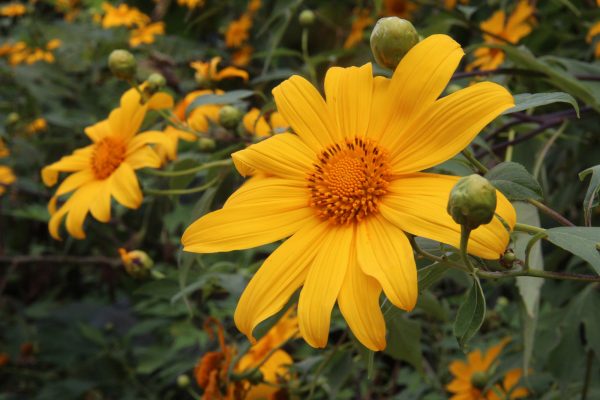
Beyond its natural allure, Mae Chaem is a town deeply rooted in Lanna culture and tradition. The locals, known for their warm hospitality, welcome visitors with genuine smiles and a willingness to share their way of life. The town is dotted with ancient temples that echo with the chants of monks, creating a spiritual ambience that invites introspection and tranquillity.
“Each morning, as the sun begins to cast its gentle glow, groups of monks, novices, and children traverse the rice paddy fields in a rhythmic procession for their daily alms,” says Pop, an independent travel journalist who traded in bustling Bangkok for Mae Chaem to pursue a newfound passion as a cake-maker.
“The temple kids keep banging the gong to alert the villagers that the monks are heading to their homes, so it’s better to prepare for alms. You hardly see things like this outside Mae Chaem.”
Cultural richness
As winter descends between November and December, the secluded valley briefly pauses its rice harvesting routine to observe Chula Krathin – a ceremony marking the conclusion of the three-month Buddhist retreat. A venerable tradition unfolds in Mae Chaem, where villagers come together to present a yellow robe to the monks, signifying the completion of Vassa and allowing them to conclude their retreat.
The challenge, even for the most devout, lies in the necessity to weave and complete the yellow robe within a day and night.
In anticipation of this significant event, the entire community, spanning across generations, assembles at the local temple on the eve of the ceremony. This marks a momentous social gathering in the compact valley.
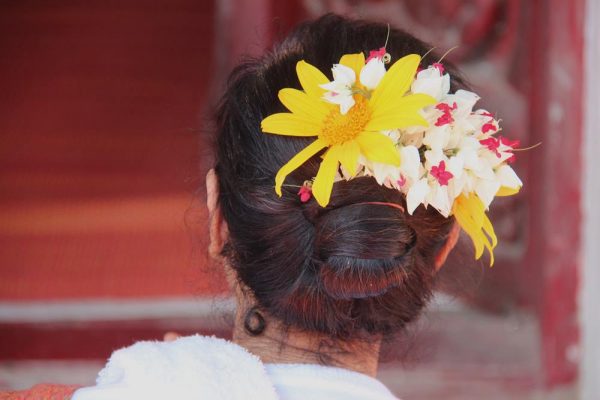
The process involves harvesting cotton bolls, spinning the white and puffy fibres into yarn, and meticulously weaving and dyeing the yellow robe. Throughout this intricate undertaking, Lanna folk singers take turns entertaining the people gathered at the temple, creating a vibrant cultural atmosphere.
In the early morning light, the residents of Mae Chaem adorn themselves in their finest traditional costumes, ready to partake in the yellow robe offering procession.
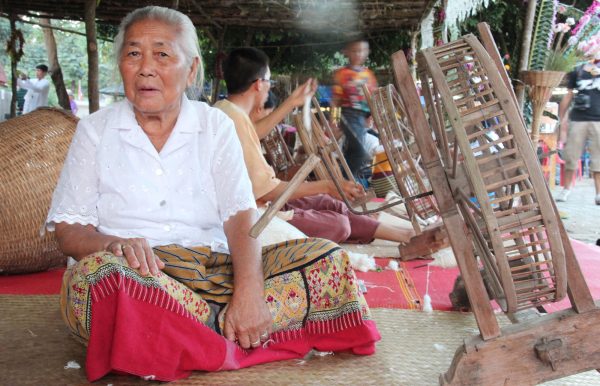
Mae Chaem’s cultural tapestry unfolds eloquently within the walls of its local temples, such as Wat Pa Daed.
Established in 1827, this venerable temple has stood steadfast for almost 200 years. Its murals serve as a visual chronicle, offering a narrative that encapsulates the essence of Mae Chaem.
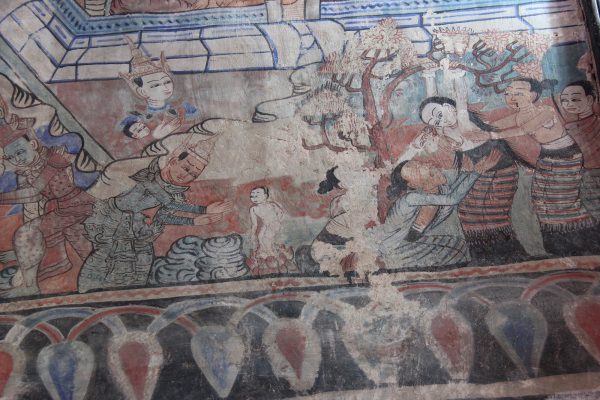
Within the confines of the small chapel, captivating murals recount the story of Lord Buddha, with a standout scene depicting the birth of Siddhartha. A closer inspection reveals the women, including his mother, draped in traditional Mae Chaem sarongs in vibrant hues.
The town’s renown extends to its masterful handwoven textiles. The vibrant hues and traditional patterns of these fabrics mirror the rich cultural heritage of the region.
Those interested in local crafts should visit the homes of skilled weavers, where artisans showcase their creations. This immersive experience not only offers a glimpse into the intricate craft but also provides an opportunity to acquire one-of-a-kind, handmade souvenirs.
Rural charms
Mae Chaem’s charm lies in its simplicity and the authenticity of rural life. The town’s pace is slow, allowing visitors to disconnect from the frenetic energy of city life and immerse themselves in the unhurried rhythm of the countryside.
Journalist-turned-cake maker Pop has never regretted his move to this quiet Northern town. “When I opened the bakery two decades ago, locals had really only tasted simple tarts and modestly sweet cakes on the rare occasion that they were brought into town from the other side of the mountain. My bakery changed all that.”
Homestays stand out as a popular accommodation choice in Mae Chaem, providing travellers with the opportunity to immerse themselves in Thai hospitality.
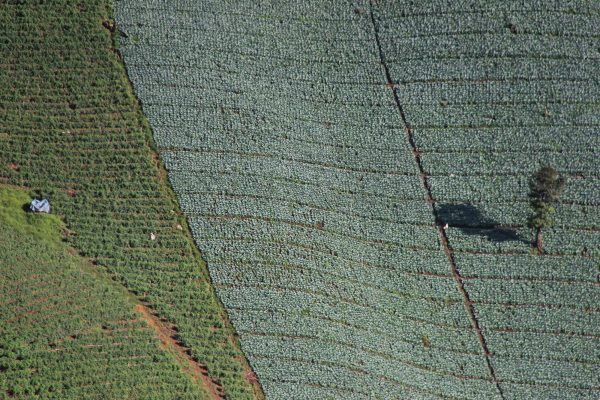
At Kowit Farmstay, a rustic cottage nestled amidst scenic terraced rice paddies, guests have the chance to stay with local families, gaining insight into their daily lives, customs and traditional cuisine.
Meals often take on a communal nature, with guests treated to homemade dishes crafted from fresh, local ingredients. This immersive experience not only forges a deep connection with the community but also makes a visit to Mae Chaem into more than just a journey — it becomes a cultural exchange.
As the day draws to a close, the sky over Mae Chaem transforms into a canvas of warm hues, casting a magical glow over the landscape. The town’s elevated location provides a perfect vantage point to witness stunning sunsets that paint the sky in shades of orange and pink.
As night falls, the absence of city lights unveils a starlit sky, offering a mesmerizing display for those interested in stargazing.
In Mae Chaem, time seems to slow down, allowing travellers to savour each moment and appreciate the beauty of simplicity. Whether exploring the natural wonders, delving into the local culture, or embarking on an adventurous trek, Mae Chaem offers a unique and rejuvenating travel experience.
Planning your trip
Mae Chaem is about 107 kilometres west of Chiang Mai.
The most convenient option to get Mae Chaem from Chiang Mai is a private vehicle. Head southwest on Highway 108 for approximately 75 kilometres, turn right at the Mae Wang intersection, and follow the signs leading along the high road to Mae Chaem. The journey, which takes about three hours, offers scenic views and the flexibility to explore at your own pace.
Public buses and shared minivans operate from Chiang Mai to Mae Chaem. Head to Chiang Mai Arcade Bus Station or enquire at travel agencies in the city centre for schedules and ticket information. The trip may take longer due to multiple stops along the route.
By Thai PBS World Feature Desk



